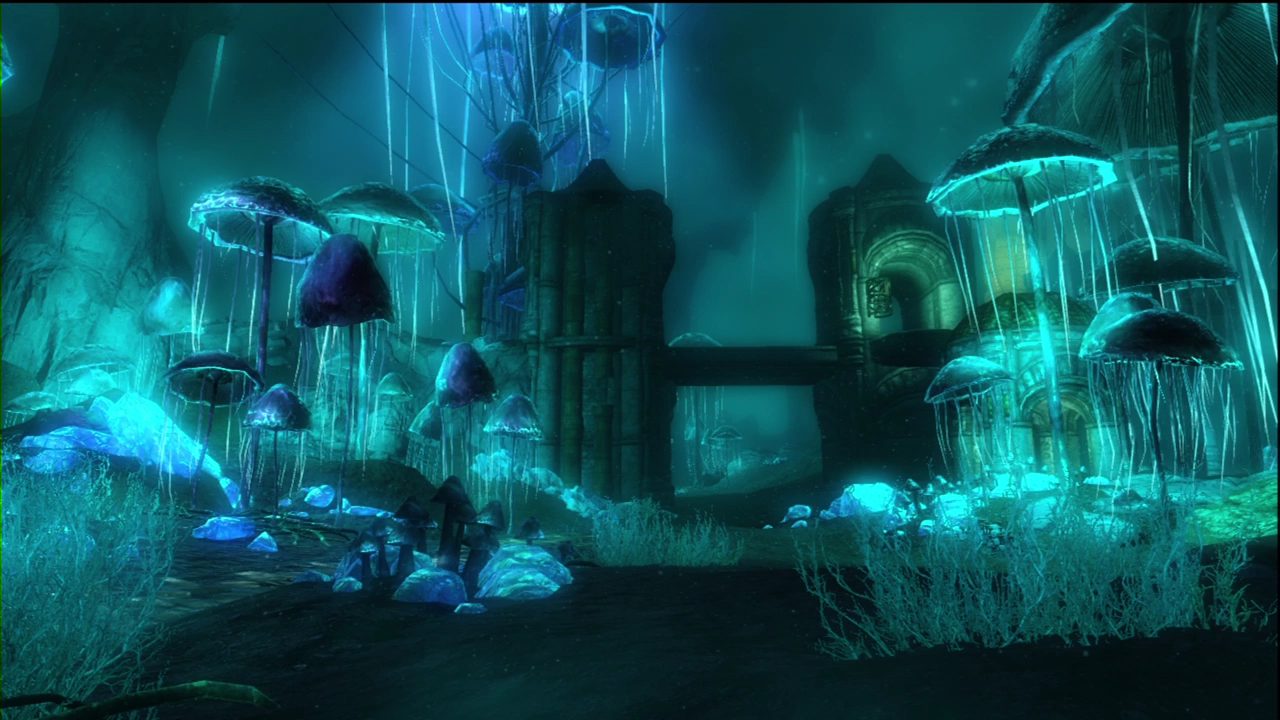This is another guest piece by writer Amanda Winstead
Video games have drawn inspiration from real-life architectural principles since the advent of joysticks and open worlds. Even classic titles like the 1986 Legend of Zelda utilized ideas like scale, light, and balance to create 2D villages and forests that felt immersive and engaging. However, unlike real-world architects, video game designers get to bend the rules of reality. Using powerful physics engines, level designers mesh mathematics and their imagination to create visually stunning environments that captivate players and draw you deeper into their world. This blend of fundamental architectural principles with elements of fantasy is popular with gamers and is part of what makes good games great. Seven of the last ten Game of the Year award winners drew inspiration from the fantasy genre, as titles like God of War, Dragon Age: Inquisition, and Elden Ring have captured the imagination of judges and gamers alike. Peeling back a layer reveals that immersive environments are influenced by natural architecture, too. This is why game studios like Bethesda now use impressive algorithms to create procedurally generated wild landscapes that are true to life and feature dense vegetation and realistic rock formations.
The Philosophy of Architecture


The video game world is largely dominated by single-player titles on consoles or computers. However, as technology improves, we may see more games leaning on augmented reality and virtual reality tech during the design phase. This is something that architects are already doing. AR is being used in architecture to help designers “see” the structural and mechanical systems behind a building or structure. This empowers architects during the design phase by helping them collate relevant building data and identifying potential errors before they break ground on upcoming projects. These same principles can be used by game designers, too. Designers who want to draw inspiration from existing buildings and locations can overlay computer-generated models of their level design onto the real world. This improves the immersion that players experience in fantasy AR games like Monster Hunter Now and Pokemon: GO. Put simply, AR gives designers a better understanding of real-world urban planning and architecture, meaning they can create more seamless gaming experiences for users.
Conclusion
Fantasy worlds prove that video games are an art as well as a science. They are architectural marvels in their own right and exemplify the core components of good design. Principles like unity, proportion, and patterns are put to good use in visually stunning games like CyberPunk: 2077 and help designers create more engaging levels in games like Elden Ring. Like architecture, gaming is tech-driven, too. While it’s impossible to guess how gaming will change in the next decade, it seems likely that generative AI and algorithms will play a major role in designing the virtual worlds of tomorrow.
Images via respective owners
Have strong thoughts about this piece you need to share? Or maybe there’s something else on your mind you’re wanting to talk about with fellow Fandomentals? Head on over to our Community server to join in the conversation!

